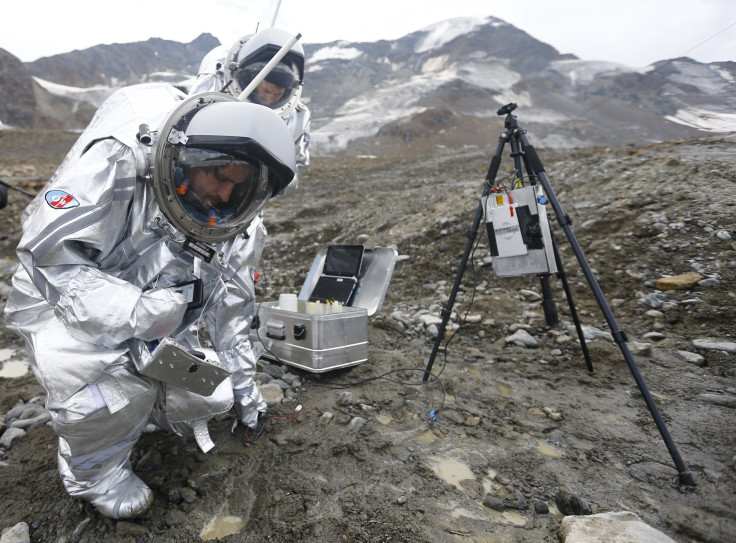Travel To Mars? A New Rocket Can Make Fast Human Trips Possible, Researcher Says

Human space travel to Mars is largely considered a far off moonshot – though not entirely impossible – to the international scientific community, considering the entire trek would take years and could lead to radiation exposure, cancer and other medical risks. But a researcher at the Norwegian University of Life Sciences said the journey could one day take only three minutes if a theoretical rocket was used on human trips and future space exploration missions.
"Planck photon rocket drives" are needed for humans to ever successfully make it to Mars, Espen Gaarder Haug said in an upcoming report to be published in the journal Acta Astronautica. The rockets, using energy converted from electromagnetic radiation as fuel, would hypothetically propel visitors to Mars just .0001 percent slower than the speed of light.
Read: Are Aliens Real? Researchers Discover Life Forms Can Travel Across Planets In ‘Goldilocks Zone’
"The fuel is converted into light which leads to radiation pressure that drives the rocket forward," Haug, a professor at the Norwegian university and the author of the new report, said in a statement. "Laboratory experiments show that the concept of driving an object forward by using only photons is clearly possible, but there is still a long way to go in developing large photon rockets that could send materials or people into outer space."

Scientists weren't nearly ready to begin the construction of planck photon rocket drives, though the concept has been widely explored since theoretical physicist Max Planck pioneered the field of research in the early 1900s. His discovery of energy quanta, one of the fundamental components to the study of quantum physics, won him the 1918 Nobel Prize in physics.
Haug used Planck's calculations and his background in mathematics to determine a rocket capable of traveling to Mars in roughly three minutes would need the energy of two planck masses. The use of such masses are considered controversial by many, including theoretical physicist Stephen Hawking, who likened the particles to tiny black holes.
Though entirely theoretical, Haug's photon rockets are one of the first concrete ideas toward the goal of humans one day visiting Mars.
© Copyright IBTimes 2024. All rights reserved.






















